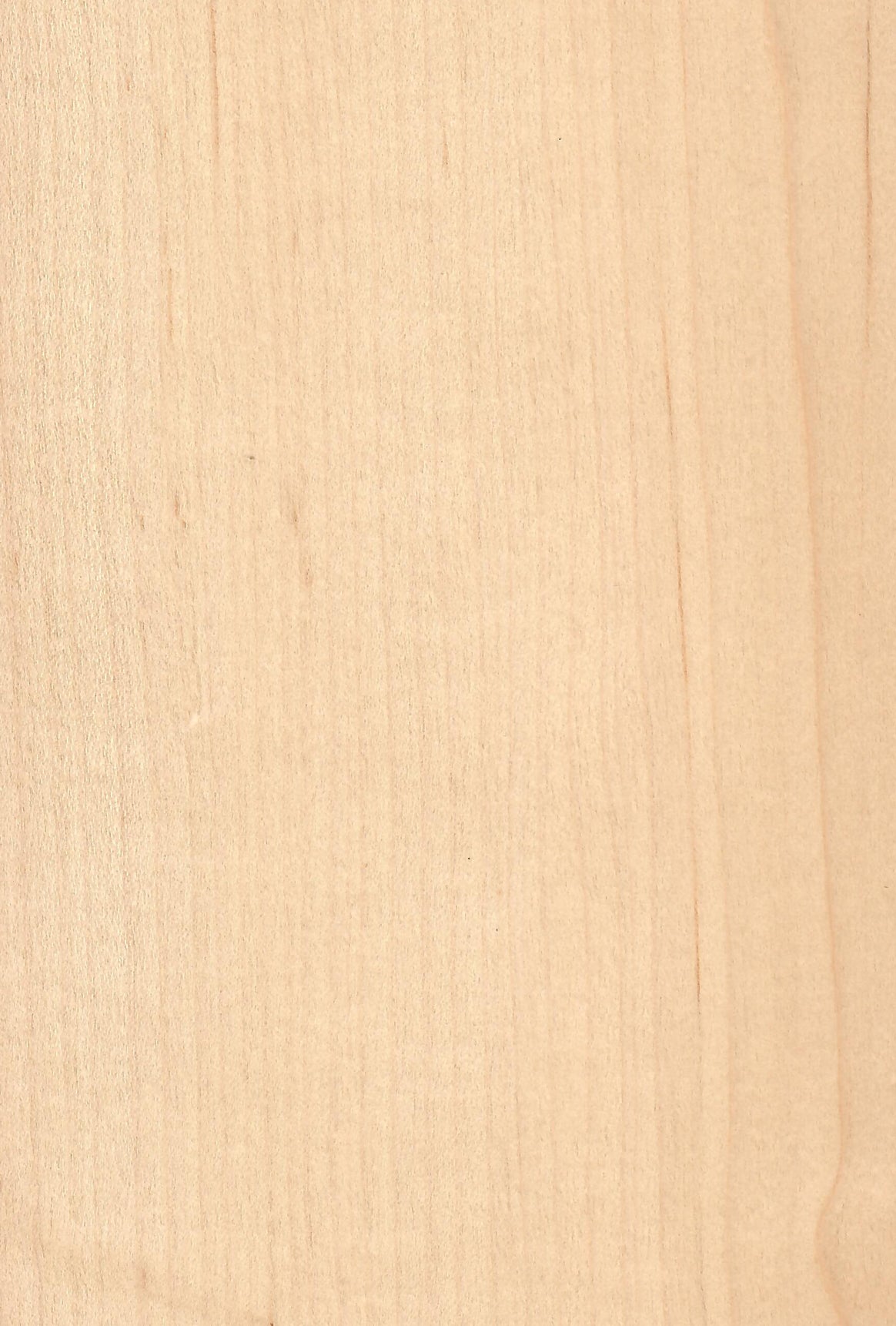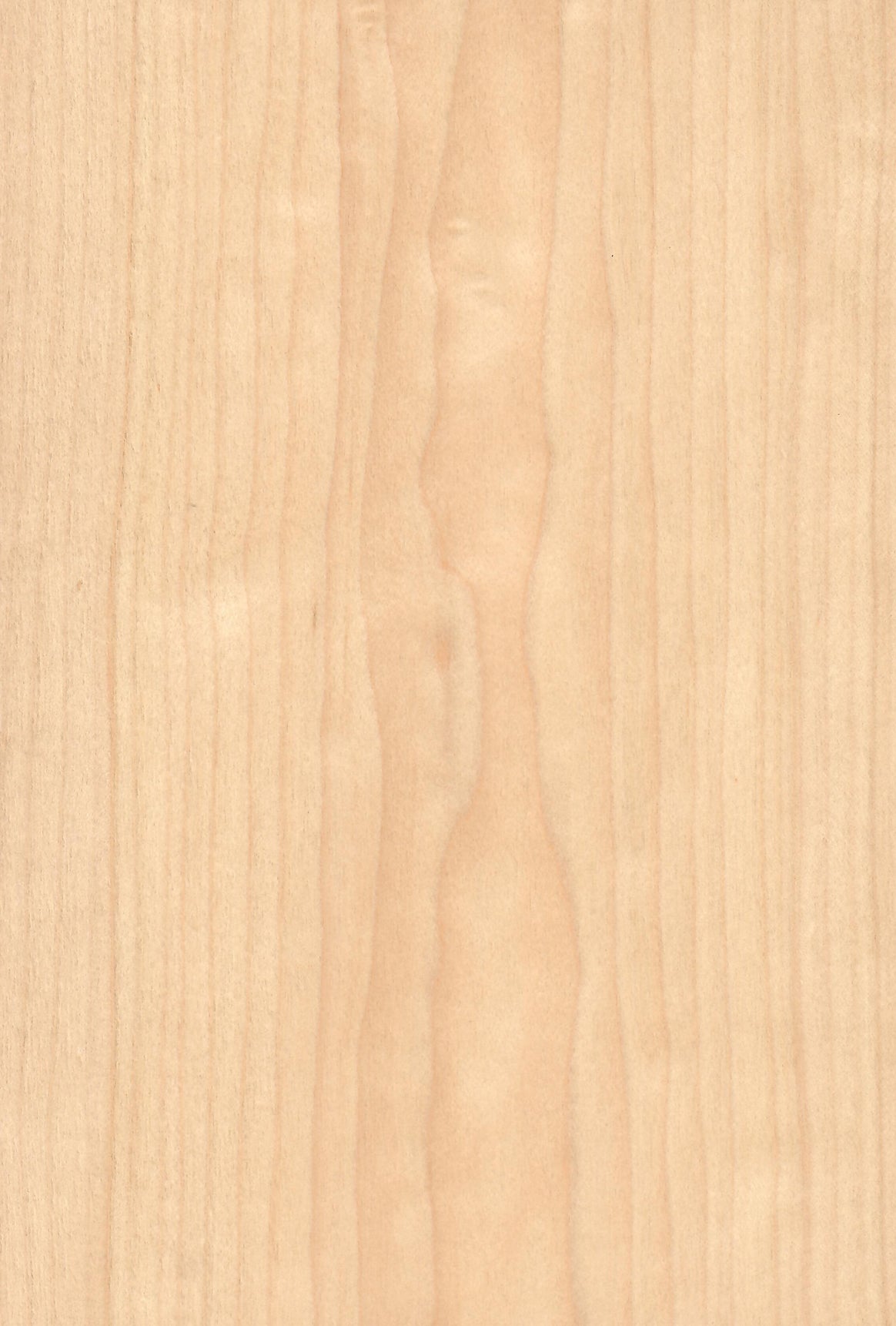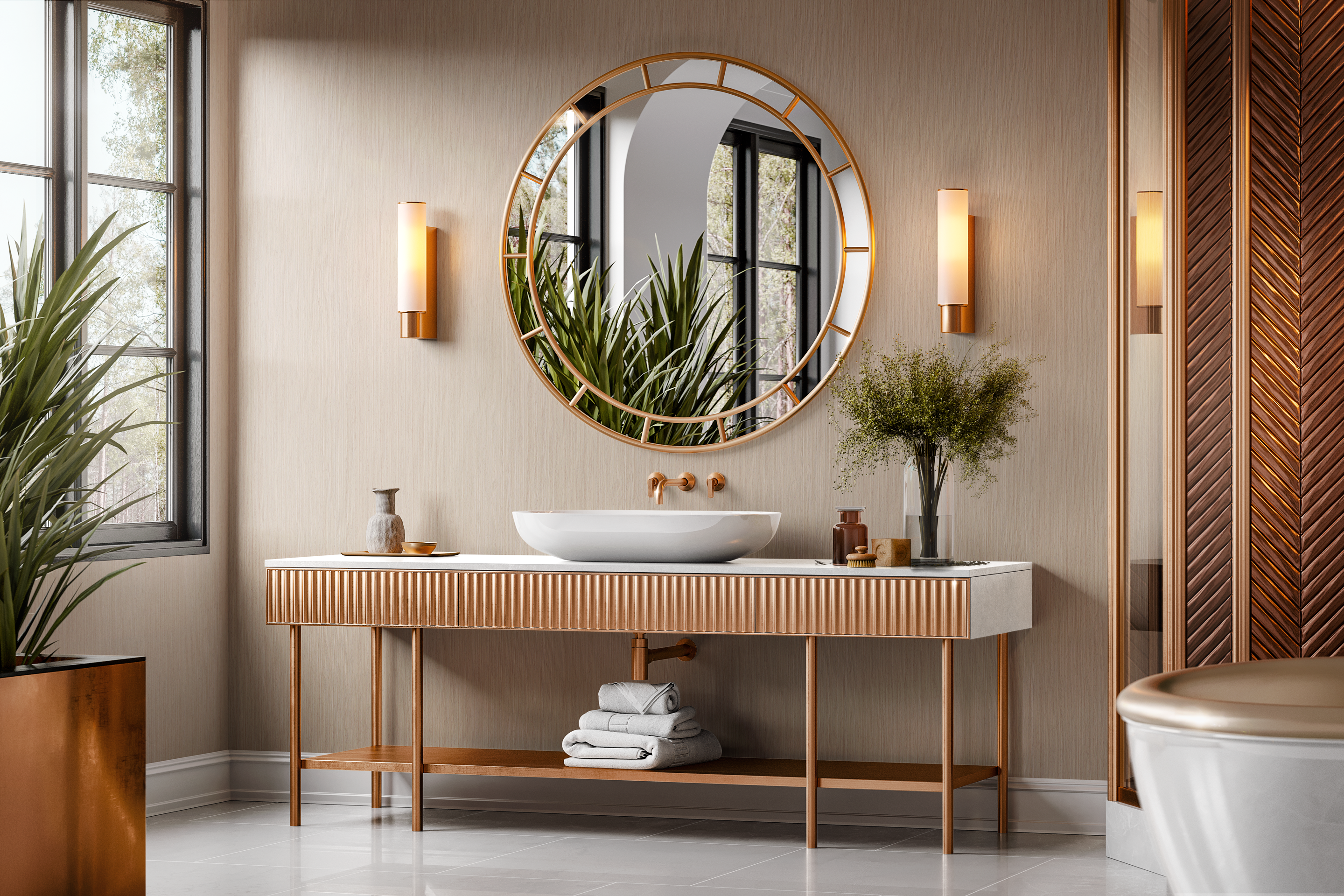

Maple
Stock Status: In Stock

Learn more
Technical Information
Here is a little more information about our Maple veneer.
If you can't find what you're looking for in the table, please reach out to us.
Natural Veneer
Controlled Wood
Acer saccharum
70-85
#DBC2A0
Savage Ground / Cord
10YY 55/ 163
None
The minimum order quantity (MOQ) is 2 bundles for Natural Veneers and 10 sheets for Engineered Veneers.
N/A
LRV values are obtained by using a Cromocon® Light Reflectance Value (LRV) Meter.
For both RAL and Paint Codes we use a NIX Sensor® to analyse small samples of wood veneer. As this scanner
focuses on surface fibres, the results provided may not accurately represent
the overall appearance of the full veneer. It does not detect tannins or
account for natural variations in structure and colour that may occur along the
length of the veneer.
Why trust us?
Reviews
Rachel
Wonderful
Always a fantastic service, Ryan and Alex from DF Richards are wonderful to work with, we have been using them for over 18 years and they are quick to resolve any issues, not that we have many.
Will
Highly Recommend
A fantastic family run business!! I showed up unannounced but they still took the time to see me and give me the advice I was after. Supremely knowledgeable and professional. I would highly recommend. Above all they value each and every customer on a personal level which is a quality that is sorely lacking nowadays.
Joe
Excellent Service
Always great service from a highly knowledgable and experienced team. They can always provide a wide range of high quality veneers with great expertise in selection and turnaround.
Olivia
Great Veneers, Lovely People
Really lovely people, provided me with lots of excellent quality samples of their veneers. Customer service spot on - thank you Ryan for your help!
Andrew
Quality Layons
A tremendous company with State of the Art technology. Extremely helpful, knowledgeable and capable. I would highly recommend them.


